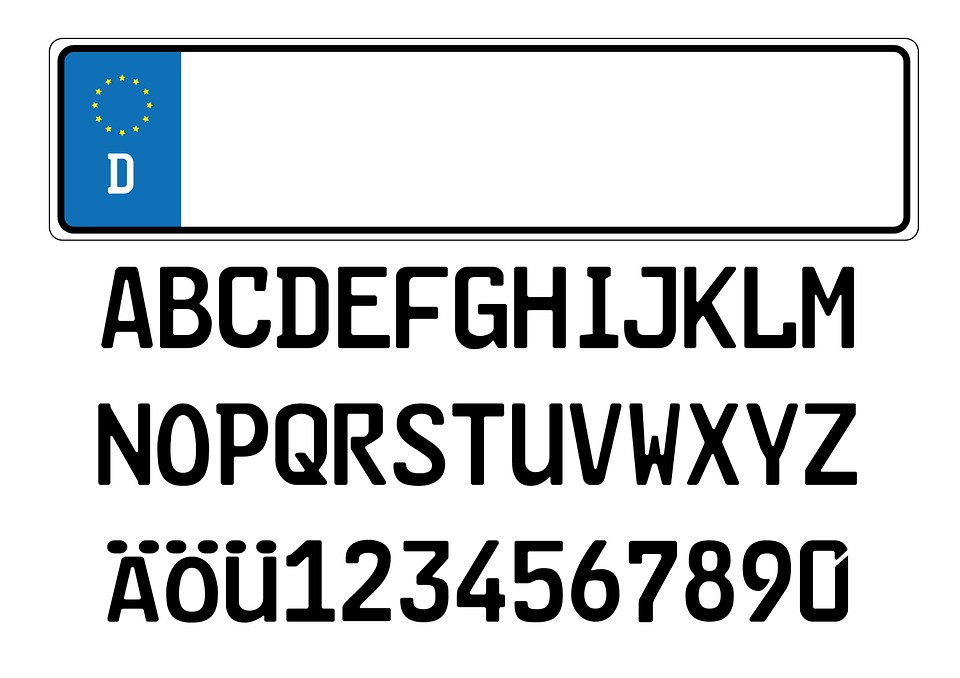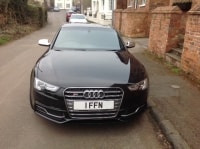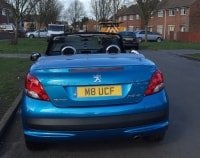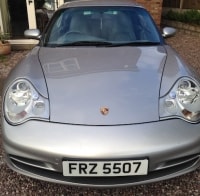Number Plate Fonts: The Rules
When it comes to choosing a personalised number plate for your car, there are rules you need to comply with. Whilst it’s tempting to opt for funky fonts and showy graphics, the law states that you must not alter, rearrange or misrepresent letters or numbers. Here you can learn what number plate fonts and styles you can legally have on your number plate.

If your car went in for an MOT test with, let’s say, fixing bolts to create a letter, it would fail. Why? The bolt would be misleading, resulting in a number plate being portrayed differently to what it actually is.
If your number plate features any missing part of letters, or any sort of damage that causes the plate to be unreadable, you’re breaking the law. Whilst this may seem minor, offenders could face an instant fixed penalty notice (FPN) and anyone using false plates could be fined up to £1,000.

So, how can you avoid this?
Well, the vehicle registration number format wasn’t put in place for fun. Be in the know with this format when choosing a personalised number plate and you’ll stay on the right side of the law.
Car registrations took on a new format in 2001. What does this mean? All new number plates must display this mandatory font. This format was put in place to make number plates clearer to read and easier to remember.
The characters need to be 79mm high and 50mm wide (except for the letter I or number 1). The space between characters should be 11mm and the space between groups should be 33mm. There should only be two groups of letters. There are three parts to this new format, these are:
- Two letters which refer to the office where the number plate was issued
- Two letters which inform you of the year the plate was issued
- Three letters which have been selected at random
Number plates should uniform both in material (which should be reflective) and colours. They should only differ in colour from the back to the front. The front plates should always have black characters on a white background, whilst the rear plate should have black characters on a yellow background.
Backgrounds should be plain on both plates. Why? A background can be distracting and can cause the plate to become illegible or obscured.
It is illegal to have any of the following on your number plate:
- Screws placed in the middle of characters to disfigure letters or numbers
- Symbols and images
- Incorrect spacing between letters and numbers
- 3-lines of letters and numbers on larger vehicles
So there you have it, now you know the legal fonts you can have on a number plate. Are you looking for a car registation? Be sure to check out our extensive range today.

















